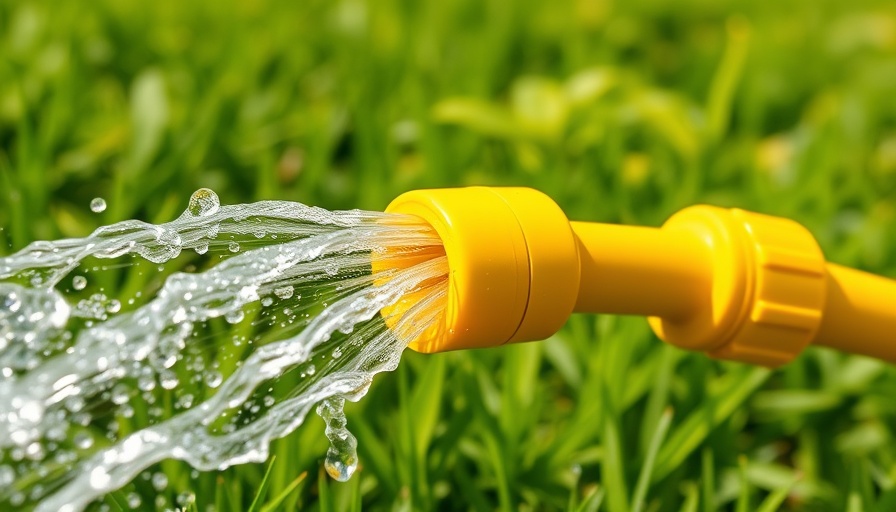
Mastering the Art of Siphoning Fluids: A Practical Guide
Siphoning fluids might seem like a straightforward task, but without the right knowledge, it can quickly become messy and dangerous. This essential skill can come in handy when managing tasks around the house, such as draining a hot tub, emptying a gas tank, or transferring water from one container to another without jostling it. Here’s a detailed guide to safely and effectively siphon fluids for your various needs.
Why Learn to Siphon Fluids?
Understanding how to siphon fluids can save you time and effort and help prevent possible injuries associated with lifting heavy containers. For instance, water is surprisingly heavy—one gallon weighs over eight pounds—which makes siphoning a preferred method over lifting for containers holding substantial amounts. Whether you're pouring out water from a massive aquarium, or emptying a gas tank for maintenance, siphoning serves as a smart solution.
Essential Tools for Siphoning Fluids
To effectively siphon fluids, you’ll need the following items:
- Approved siphon hose or a garden hose
- An approved container to collect the fluid
- A siphon pump for easier management, especially with gasoline or other flammable liquids
These tools are crucial for ensuring that the siphoning process goes smoothly and safely.
Safety First: Precautions to Consider
As practical as siphoning is, there are essential safety precautions you should follow:
- Avoid Mouth Siphoning: This traditional method is risky and should be abandoned in favor of using a siphon pump or other tools.
- Don’t Siphon Hazardous Fluids: Fluids such as gasoline or chemicals can be dangerous to ingest or inhale. Always use proper equipment designed for these materials.
- Ventilate: When siphoning flammable liquids, ensure you are in a well-ventilated area to mitigate inhalation risks.
It's crucial to know what fluids you’re handling to avoid significant health risks or accidents.
Step-by-Step Guide to Siphoning Fluids
Follow these simple steps to effectively siphon fluids:
- Insert one end of the hose into the fluid, ensuring it reaches the bottom of the container.
- Position the other end at a lower elevation.
- Create a vacuum by sucking air out of the hose (best done with a siphon pump) until the fluid starts to flow.
- Let gravity take over as the fluid continuously moves from one container to another, maintaining the flow.
This method conserves your effort and reduces the risk of spills or injury during fluid transfer.
Real-Life Applications of Siphoning
Siphoning can be valuable in different settings, from your home to workshops and boats. Consider these scenarios:
- Hot Tub Maintenance: Many hot tubs lack a drain, making siphoning an efficient solution for water changes.
- Boat Cleaning: Siphoning can quickly remove standing water from your boat’s bilge.
- Winemaking: Siphoning, known as “racking,” is a common process in transferring wine between barrels to avoid sediment.
These practical applications highlight how understanding this skill can ease various tasks and promote efficiency.
Conclusion: Embrace the Siphoning Skill
Mastering the art of siphoning not only enhances your capabilities in home maintenance but can also deepen your understanding of fluid management. As water conservation and sustainable living take focus in our lives, knowing how to siphon fluids safely will serve you well. Equip yourself with the right tools, maintain safety protocols, and practice this technique to make life just a little easier. So why not give it a try?
 Add Row
Add Row  Add
Add 




Write A Comment